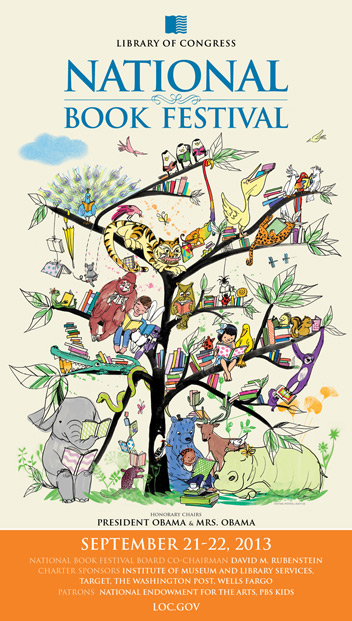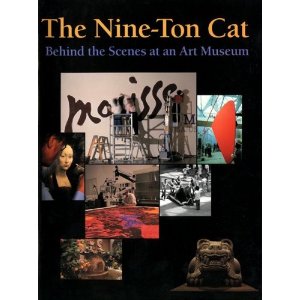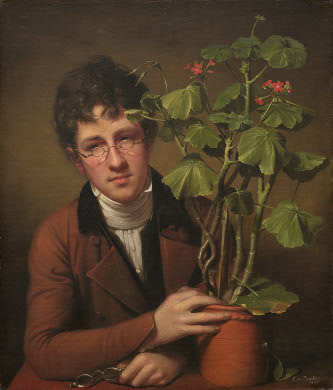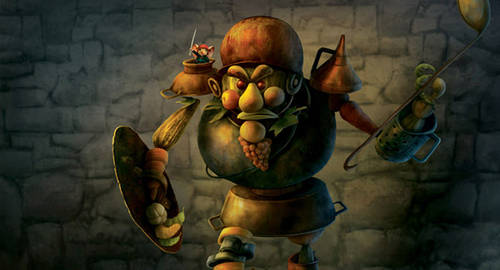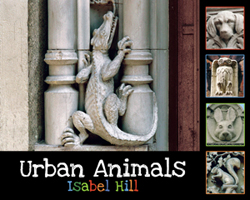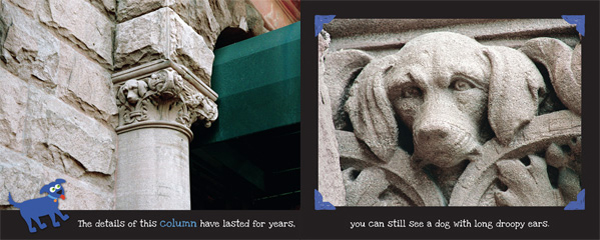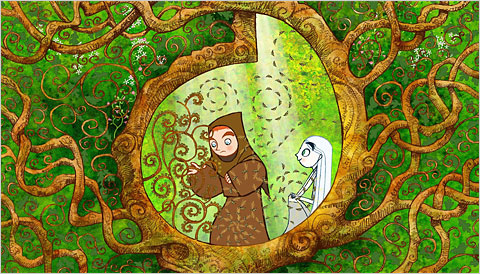I've started to branch out from the biannual Friends Book Sales at Arlington Central Library--this morning I went all the way to Falls Church (a distance of two and a half miles) to check out the American Association of University Women book sale and came home with a small stack of children's books and a couple of hardcovers for my husband and son, too.
I followed my usual book sale protocol, which is to head straight for the middle grade paperbacks. In this case, there wasn't a lot of pre-sorting--all the children's books were mixed up in boxes, fiction, nonfiction, YA, picture books, everything. The pricing scheme wasn't what I was used to, either: all paperbacks (children's and adult) were $2, hardcovers $3. Fortunately, "thin paperbacks" were only a dollar, which is still twice what one pays at the Friends sales. Also fortunately, the cashier agreed with me on the thinness of my paperbacks. One of my hardcovers (Folk Toys Around the World and How to Make Them by Joan Joseph, 1972) was thin enough to qualify for a discount, too.
One thing I noticed about my new (old) books is the presence and quality of the interior art: black and white line drawings, mostly, by Erik Blegvad (who died earlier this year), N.M. Bodecker, Alan Cober, Margery Gill. Gill's illustrations are among my favorites, and I'm particularly pleased to have picked up a copy of Dawn of Fear by Susan Cooper because of them (here Gill was informed by her own childhood memories of WWII). But I'm reading A Candle in Her Room by Ruth M. Arthur (also illustrated by Gill) first.


